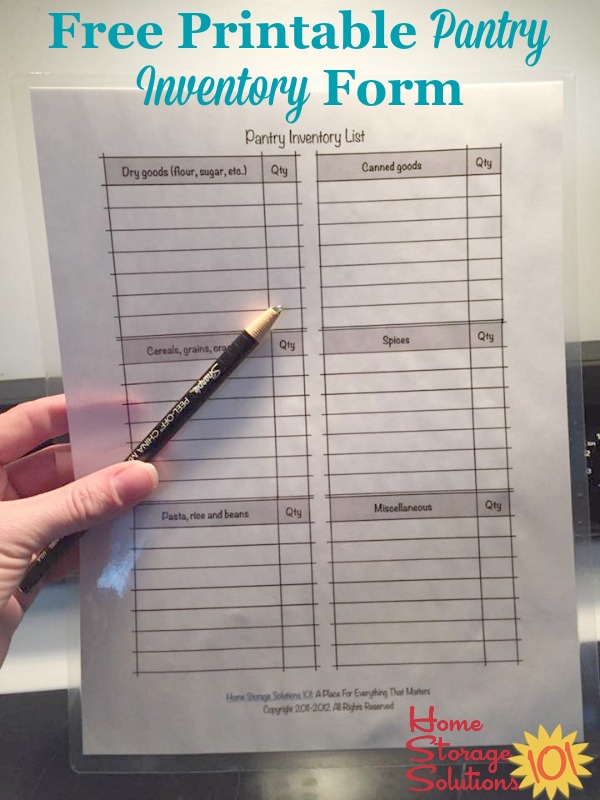

To help you achieve the smooth relocation experience you expect and hope for, make sure you use the indisputable organizational power of the 3 must-have planner tools that every home mover should take advantage of: A well-planned move is not only much easier to execute but it also keeps you away from problematic complications and relocation related headaches. Next steps: After you've taken your inventory, learn how much homeowners insurance you need.Let’s face it – moving house is a rather chaotic period and any clever or even not-so-clever tricks to introduce order and organization into the moving preparations are always welcome.
#HOME INVENTORY CHECKLIST HOW TO#

Label your photos with what's pictured, where you bought it, the make or model-whatever information might be important to replacing and/or getting reimbursed for the item. Capture important individual items as well as entire rooms, closets or drawers. Take pictures – Create a photo record of your belongings.

Use technology to make your home inventory easierĪ simple pencil and paper will suffice, but technology can make creating a home inventory much easier. It's better to have an incomplete inventory than nothing at all. Don't get overwhelmed – Once you've started your inventory, keep going even if you can't get it all done immediately.Keep proof of value – Store sales receipts, purchase contracts, and appraisals with your list.Make sure you include them in your inventory. Don't forget off-site items – Your belongings kept in a self-storage facility are covered by your homeowners insurance, too.While you're making your home inventory list, check with your agent to make sure you have adequate insurance for these items before there is a loss. Check coverage on big ticket items – Jewelry, art and collectibles may have increased in value and may need special coverage separate from your standard homeowners insurance policy.
#HOME INVENTORY CHECKLIST SERIAL NUMBERS#
Record serial numbers – Usually found on the back or bottom of major appliances and electronic equipment, serial numbers are a useful reference.Count clothing by general category – For example, "5 pairs of jeans, 3 pairs of sneakers…" Make note of any items that are especially valuable.Include the basic information – In general, describe each item you record, and note where you bought it, the make and model, what you paid and any other detail that might help in the event you need to make a claim.List recent purchases – Another way to start is with recent purchases-get into the inventory habit and then go back tackle your older possessions.Pick an easy spot to start – A contained area-like your small kitchen appliance cabinet, your sporting equipment closet or your handbag shelf-is a great place to get started.

If you’ve been living in the same house for many years, however, the task of creating a list can seem daunting-but it doesn’t have to be. If you're just setting up a household, starting a home inventory is relatively simple.


 0 kommentar(er)
0 kommentar(er)
